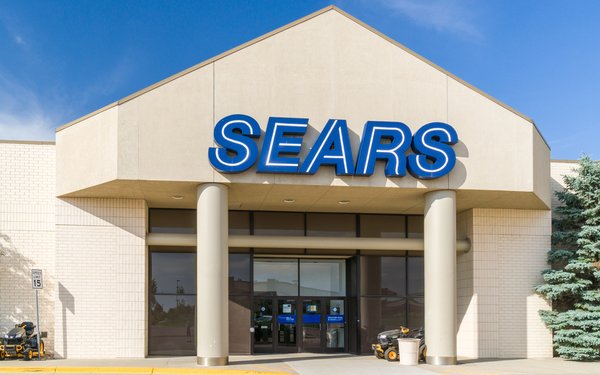
Consumers and
historians alike are mourning the likely passing of the retail-mail order giant Sears, Roebuck. They should recall that Sears was a latecomer to the business, and that it was reviled in its time.
The real pioneer was Aaron Montgomery Ward. Knowing how farmers were gouged by the general stores and everyone else they did business with, Ward envisioned a department store by mail, and started
one in 1872, using the mailing list of the U.S. Grange.
It worked. And the old Main Street general stores could not compete with this new model, any more than old-line chains like Sears
can now compete with new e-commerce firms.
It wasn’t until 1888 that Ward had a rival for the title of the Farmer's Savior: Richard Sears. But Sears didn’t see himself
as anyone’s savior. He was a hustler, one in a line. His father James had gone to California for the Gold Rush of 1849, and returned broke.
advertisement
advertisement
Sears went to work at 16 to help support his
family, and eventually became a station manager for the Minneapolis St. Louis Railroad. He came upon a carton of watches refused by a local jewelry store, and sold them for a $2 markup to agents along
the line. And he went on from there.
There was one other difference between Ward and Sears. Ward built his business with "missionary fervor and a deep desire to help each customer. Sears did
it as an opportunist — for money, excitement and the joy of selling," wrote the mail order historian Cecil Hoge.
Between them, Ward and Sears did put the Main Street general stores out
of business. And for this they were hated. The legendary direct marketer O.E. McIntyre joked: "I’m working for Sears, but don’t tell my mom — she thinks I’m playing piano in a
call house."
Someone should buy the name in a bankruptcy auction and reconstitute it as a true digital enterprise.